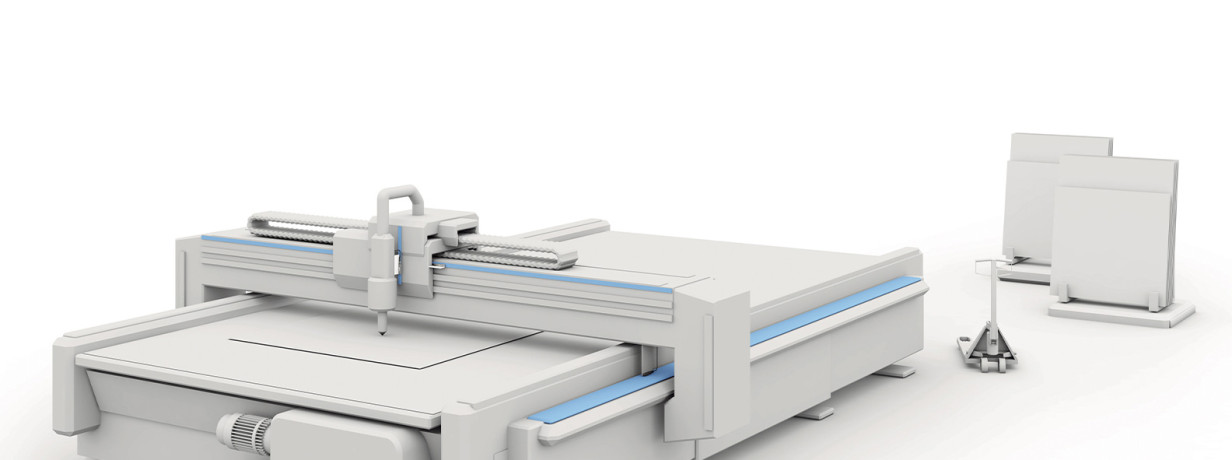Analog signals: 0…10 V vs. 4…20 mA
Choosing the right analog signal

Reading Time: minutes
In the world of linear position sensors, analog reigns supreme. Sure there are all kinds of other sensor interface types available: digital start/stop, synchronous serial interface, various flavors of fieldbus, and so on. But linear position sensors with analog outputs still account for probably two-thirds of all linear position sensors sold.
When choosing an analog-output position sensor, your choice generally comes down to analog voltage (e.g., 0…10 V), or analog current (e.g., 4…20 mA). So which should you choose?
0…10 V versus 4…20 mA
When it comes to sensor interface signals, 0…10 V is like vanilla ice cream. It’s nothing fancy, but it gets the job done. It’s common, it’s straightforward, it’s easy to troubleshoot, and nearly every industrial controller on the planet will accept a 0…10 V sensor signal. However, there are some downsides. All analog signals are susceptible to electrical interference, and a 0…10 V signal is certainly no exception. Devices such as motors, relays, and “noisy” power supplies can induce voltages onto signal lines that can degrade the 0…10 V sensor signal. Also, a 0…10 V signal is susceptible to voltage drops caused by wire resistance, especially over long cable runs.
A 4…20 mA signal, on the other hand, offers increased immunity to both electrical interference and signal loss over long cable runs. And most newer industrial controllers will accept current signals. As an added bonus, a 4…20 mA signal provides inherent error condition detection since the signal, even at its lowest value, is still active. Even at the extreme low end, or “zero” position, the sensor is still providing a 4 mA signal. If the value ever goes to 0 mA, something is wrong. The same can not be said for a 0…10 V sensor. Zero volts could mean zero position, or it could mean that your sensor has ceased to function.
In some cases, 4…20 mA sensors can be slightly more costly compared to 0…10 V sensors. But the cost difference is becoming smaller as more sensor types incorporate current-output capability.
Keywords
- Basics of automation
Author

Scott Rosenberger
11 Contributions
Comment
Popular posts
Industrial sensing fundamentals – NPN vs PNP
What is a capacitive sensor?
How do I wire my 3-wire sensors?
The basic operating principle of an inductive proximity sensor
Contact form
Do you have any questions or suggestions? We are at your disposal.
Balluff Inc.
-
8125 Holton Dr.
Florence, KY 41042
